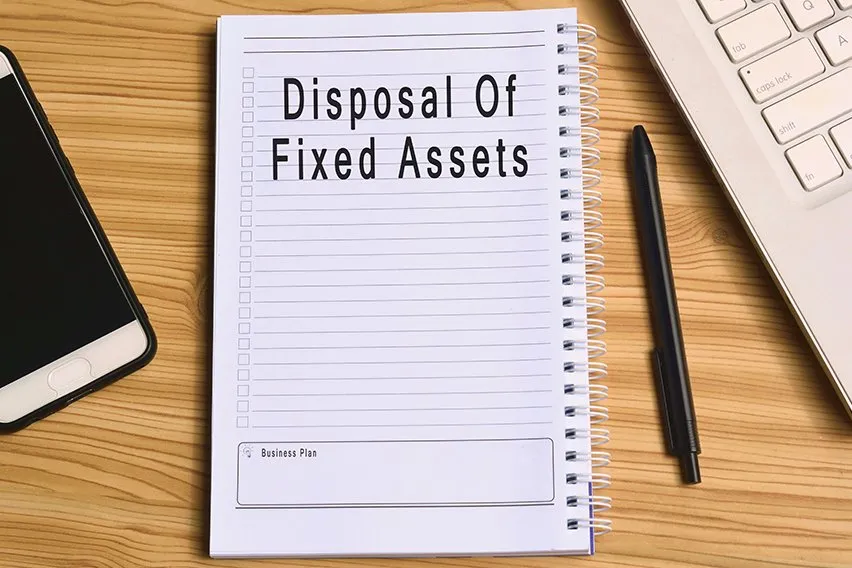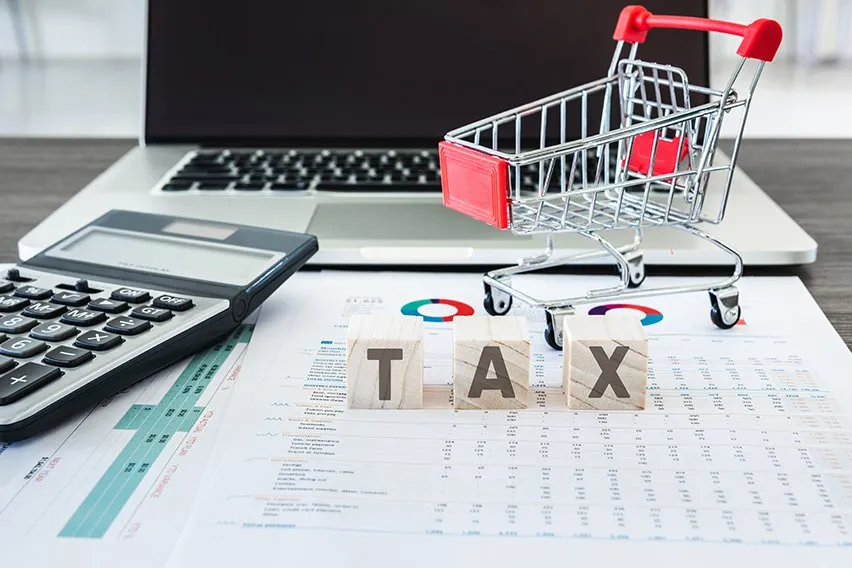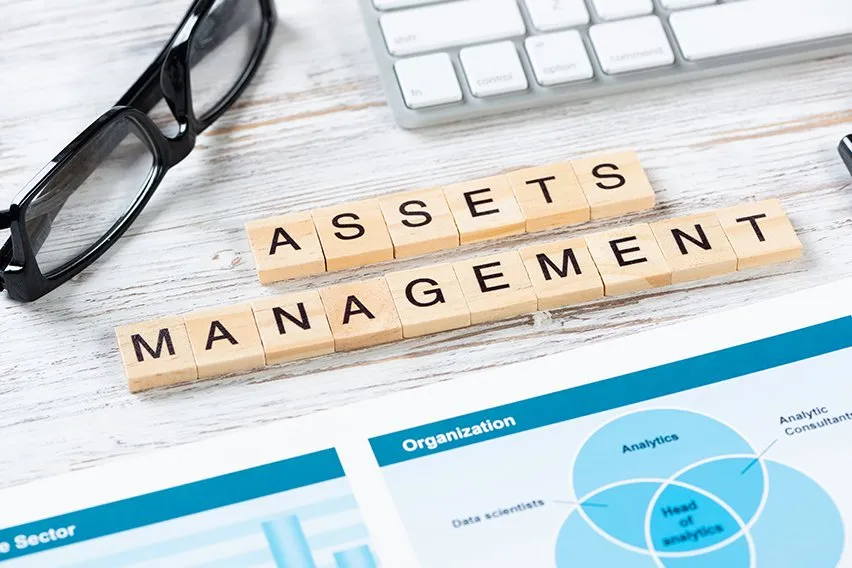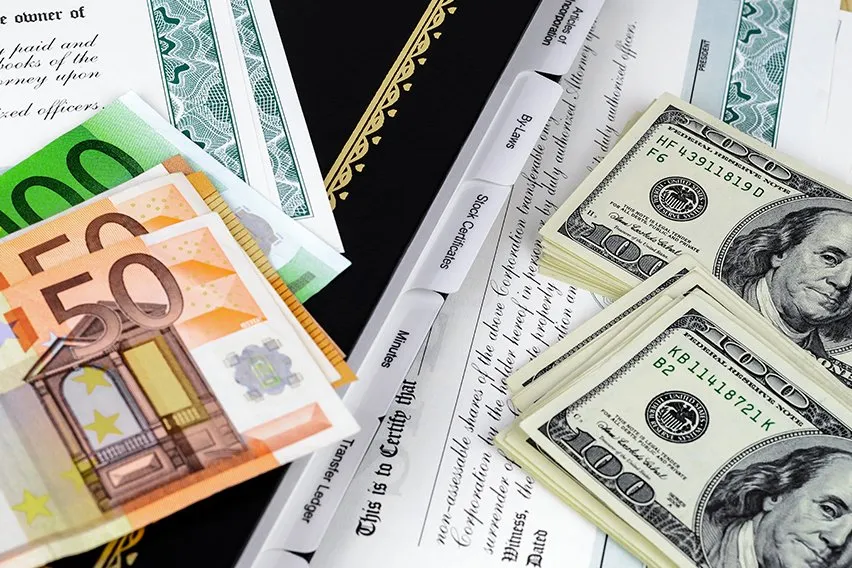What Is Disposal of Assets? Definition & Explanation

Have you ever wondered how to properly dispose of fixed assets?
Fixed assets are items that a company owns and uses in its operations. These can include land, buildings, equipment, furniture or vehicles. When these items are no longer needed by the business they should be disposed of so that their value is removed from the balance sheet and any resulting gain or loss is recorded in the income statement. This article will explain everything about asset disposal transactions and the details involved.
If you want to learn more about fixed asset disposal then read on! We’ll cover what exactly this means for your business as well as some tips on how to get started with disposing of your own assets.
Here’s What We’ll Cover:
What Does It Mean to Dispose of an Asset?
How Do You Account for Disposal of Assets?
How Do You Calculate Depreciation?
Essential Components of an Asset Disposal Strategy
What Does It Mean to Dispose of an Asset?
When a company disposes of an asset it means that they are giving up ownership of the item. Generally, this only occurs when the assets have been fully used by the company. It could also mean they have no further value or use for them. Companies may dispose of assets to raise cash from the sale of those assets. This can happen even if they aren’t done using them. There are two main types of asset disposal:
1) Normal Disposal
A normal disposal of an asset is done for the transfer of ownership to another party. This can mean that you have sold it or given it away as a gift, but the important thing is the finalization of transfer of ownership. The new owner may either continue using the asset or sell it to someone else.

2) Trading Disposal
A trading disposal is done when the company intends to buy and use an asset as soon as they’ve received it. It is a type of normal disposal that just involves goods instead of cash. For example, if you own a retail store then you may be trading in old goods you no longer want. You would do this in exchange for a store credit to buy new goods for your shelves instead.
Letting someone else use assets without proper payment is considered disposal on a “no fee” basis and it is not allowed by accounting standards. It also disqualifies expenses, so this method should be avoided when possible. There are two types of no fee basis:
No Fee Basis for Goods. This method is commonly used in the UK. It means that you are trading in an asset without charging a fee or exchanging any other type of payment.
No Fee Basis for Services. This is similar to the first one, but it’s done with services rendered. For example, if you provide a service like consulting and it doesn’t result in any income for your company then the value of the service rendered is considered to be zero.
How Do You Account for Disposal of Assets?
You need to calculate two values when accounting for asset disposal:
1) Realized Gain/Loss
Realized Gain/Loss is the gain or loss on asset disposal that results from changes in the market value of an asset. For example, if you sell an item for more than what it was originally worth then this would result in a realized gain. On the other hand, if you sell it for less than its original cost then you’d have a realized loss on sale.
2) Unrealized Gain/Loss
Unrealized Gain/Loss is the difference between an asset’s market value and its book value (also known as carrying amount). If the book amount is lower than the current market value then you would have an unrealized gain. This would be treated like an unrealized gain when the book amount is higher than the current market value. This would be treated like an unrealized loss.
A realized and unrealized gain or loss must always be calculated together in total in calculating taxable profit (taxed as income). This ensures all gains and losses are recorded in the company’s accounts and no double counting is done.
How Do You Calculate Depreciation?
Depreciation is an accounting technique that lets companies allocate the initial cost of an asset to each year of its useful life. This helps them match their expenses and revenues more accurately and calculate taxable income for a specific period. This increases their after-tax net income.
What Is Fully Depreciated?
An asset is fully depreciated when it has reached the end of its useful life and all depreciation must be stopped. The initial cost for the item will have been fully recorded in the company’s accounts. This means that even if an asset is sold after being fully depreciated, it is still considered a disposal.

Essential Components of an Asset Disposal Strategy
1) Estimating the future value of your assets.
Your company should have a general idea of how much its assets are worth today and what they’re going to be worth in the future. This can help you avoid overpaying for an asset or disposing of it too early.
2) Understanding your legal obligations when it comes to disposing of assets.
Your company should understand if it needs to pay taxes after an asset has been disposed of or if it is allowed to gain from the disposal instead. Understanding your legal obligations can help you make better decisions when managing assets and keep more money in your pocket.
3) Determining how much the disposal is going to cost.
Your company should have a clear understanding of how much the disposal is going to cost. This will help you avoid paying more than what you need to and can also let you know how much money you’ll get from the sale of the asset.
4) Deciding whether or not there are better alternatives available for that particular asset.
Your company should decide if the asset is still useful to it. If not, then you can sell or dispose of it and find better alternatives.
5) Evaluating your options when making a choice about whether to keep or give up an asset.
Keep in mind that even if you choose to keep the asset, you can always decide to dispose of it later if necessary. Give some serious thought to how your company would be affected if you either kept the asset or got rid of it.
6) Determining what the best time frame is for disposal of an asset.
How quickly, or slowly, you choose to sell your assets depends on a number of factors. You need to consider how long you’re going to hold on to the asset, how much it’s worth and what impact selling it will have on your company.
Key Takeaways
Asset disposal is the process of selling, recycling or giving away an asset. Assets are valuable because they provide your company with benefits like increased productivity and higher revenue. Keeping too many assets around when you don’t need them can be costly in both time and money. You should always keep track of all your company’s assets to make sure you’re not overpaying for them or disposing of them too early. You should also be aware of your legal obligations when it comes to asset disposal. Determine how much the disposal is going to cost before you make a final commitment. Finally, keep an eye out for better alternatives that might be available instead of holding on to assets you don’t need.
Did you enjoy reading this guide? Head over to our resource hub for more content!
RELATED ARTICLES

 What Are Abbreviated Accounts? Everything You Need to Know
What Are Abbreviated Accounts? Everything You Need to Know Ecommerce Accounting: A Detailed Guide for Merchants
Ecommerce Accounting: A Detailed Guide for Merchants What Are Assets Under Management (AUM)? Definition & Overview
What Are Assets Under Management (AUM)? Definition & Overview VaR Formula: Learn How to Calculate Value at Risk
VaR Formula: Learn How to Calculate Value at Risk What Is a Purchase Ledger Account?
What Is a Purchase Ledger Account? 5 Best Merchant Account Providers in The UK
5 Best Merchant Account Providers in The UK